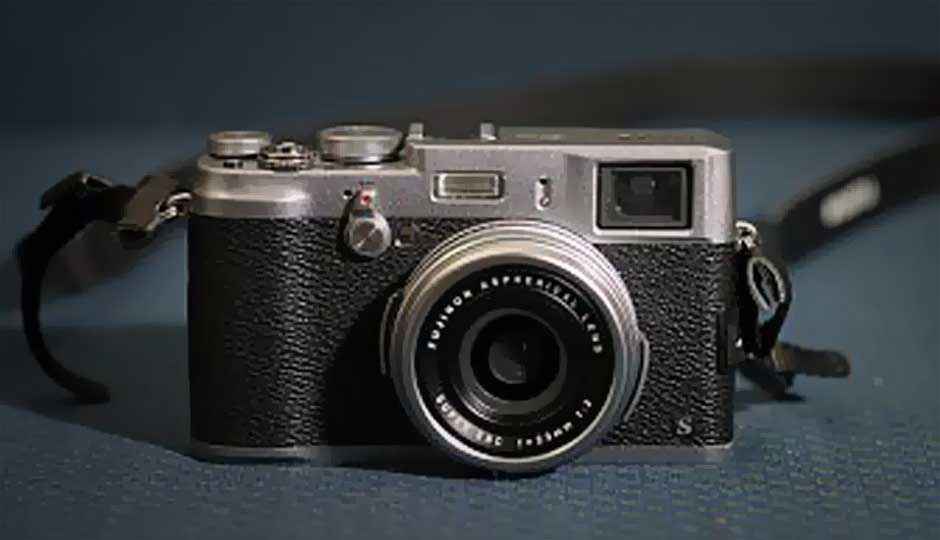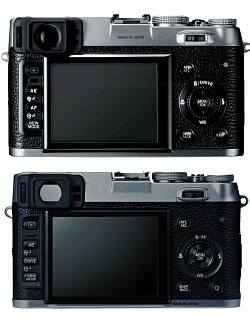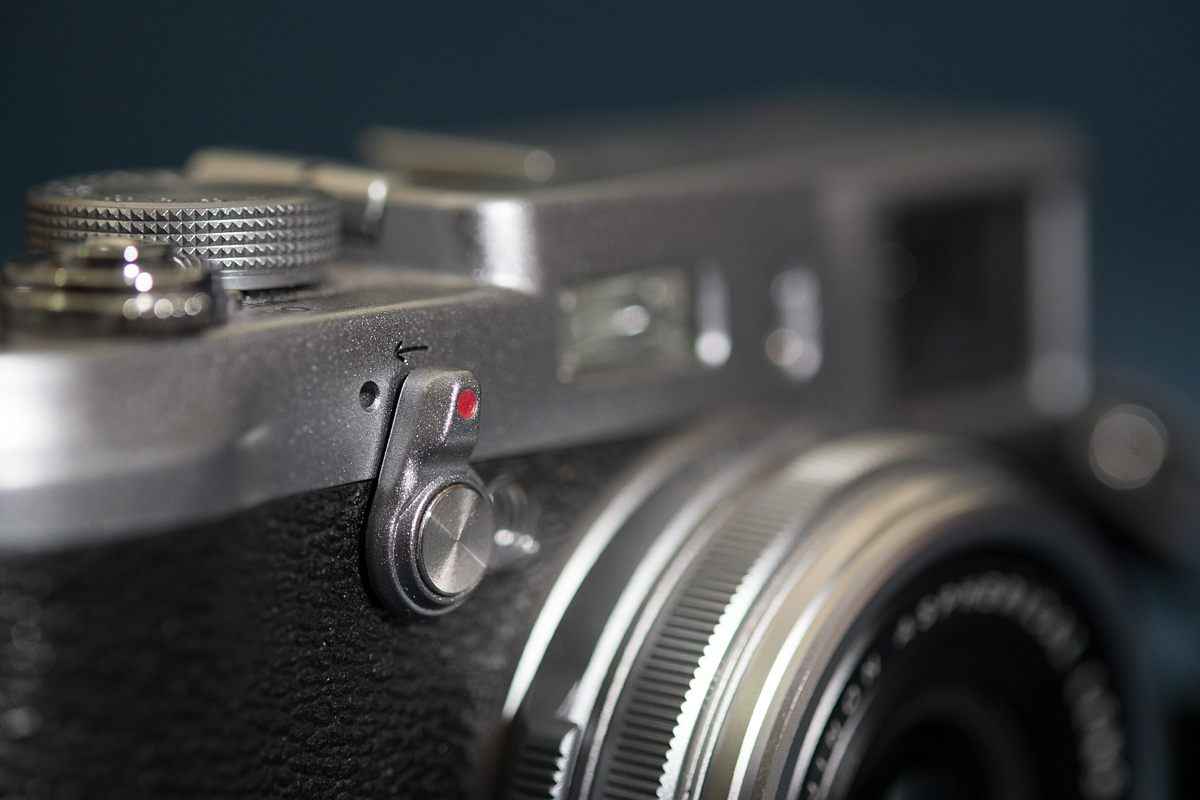
74,900
best price available
OUR VERDICT
The Fujifilm X100 was a redefining camera for the point and shoot segment, but sadly, it shipped with many flaws. However, the X100s feels like a camera made by a company that listens to its customers. Not only does the new camera inherit no flaws from the X100, but it also brings with it a set of new features that are sure to win many over. But the price on the X100S can be a deterrent for a few along with its fixed focal length lens. But there�s a lot more to the story, so read on.
Fujifilm has developed quite a name itself with the X-series. It all started with the X100, the first APS-C point and shoot from the company. Then came theX-Pro1 and the X10 and the X-E1, which boosted this series of cameras into the limelight as niche products for those who crave the perfect amalgamation of the old and the new.
So, with the year beginning anew, it was only expected that Fujifilm would update the X100 with a new model. The X10 got replaced with the X20, so naturally, the X100 was to be replaced with the X200 right? Wrong! Fujifilmreleased the upgrade under the name of X100S. Once this reviewer managed to contain the excitement of the announcement, a question arose. What does the “S” stand for? We reached out to Fujifilm India to get our hands on the X100s early so that we could understand why the company chose to add a letter and not a number of the camera’s nomenclature. Here’s what we have found so far.
S is for Simplicity:
One glance at the X100S and there is no way to tell it’s a camera different from its predecessor, save for that little “s” emblazoned on the bottom right corner (or bottom-left, it’s all about perspective with us photographers). It has the exact same look and build as the X100. Flip the camera over and there’s a very good chance you won’t notice the only change the camera’s exterior has undergone. The “RAW” button on the X100 has been replaced with a “Q” button, the same one found on the X-Pro1, which brings instant access to most of the imaging features of the camera. That’s about all the exterior changes. Fujifilm has kept the design philosophy rather simple, sticking to the old rangefinder build. Looks like Fujifilm took the “if it ain’t broke, don’t fix it” saying to heart!
One glance at the X100S and there is no way to tell it’s a camera different from its predecessor, save for that little “s” emblazoned on the bottom right corner (or bottom-left, it’s all about perspective with us photographers). It has the exact same look and build as the X100. Flip the camera over and there’s a very good chance you won’t notice the only change the camera’s exterior has undergone. The “RAW” button on the X100 has been replaced with a “Q” button, the same one found on the X-Pro1, which brings instant access to most of the imaging features of the camera. That’s about all the exterior changes. Fujifilm has kept the design philosophy rather simple, sticking to the old rangefinder build. Looks like Fujifilm took the “if it ain’t broke, don’t fix it” saying to heart!
Fujifilm in fact steps it up a notch with the X100s. Seeing how photographers absolutely loved the hybrid viewfinder of the X-Pro 1, the company decided to include that module in the X100S too. The EVF allows the user to switch between the “real world” view with an information overlay and an actual electronic viewfinder just by the flick of a switch placed conveniently on the front of the camera.
S is for Specifications:
The specs on the X100S are quite similar to the X100. It’s got an upgraded 16 megapixel X-Trans II sensor which is complimented by the new EXR II image processing chip. The X-Trans II sensor isn’t just a change in number, but is a significantly improved sensor from before. For starters, not only does it employ the Back Side Illuminated design, but also gets dedicated phase detection pixels that have allowed the X100s to become the fastest focussing point and shoot camera so far.
The specs on the X100S are quite similar to the X100. It’s got an upgraded 16 megapixel X-Trans II sensor which is complimented by the new EXR II image processing chip. The X-Trans II sensor isn’t just a change in number, but is a significantly improved sensor from before. For starters, not only does it employ the Back Side Illuminated design, but also gets dedicated phase detection pixels that have allowed the X100s to become the fastest focussing point and shoot camera so far.
The front of the X100S is graced by a Fujinon 23mm f/2.0 lens (which gives a 34.5mm field of view) which, just like on the predecessor, has a minimal footprint. The lens however, has been optically improved and this is where the EXRII chip comes into play. Besides pushing off the 6 frames per second burst mode, the EXRII chip also applies real-time lens correction data to the images to correct for vignette and chromatic aberration, and from what we’ve seen, it does a splendid job.
S is for Shutter Splendour:
Fujifilm pretty much pulled out all stops and replaced the normal “focal-plane” shutter found on pretty much every camera in the market, with a leaf shutter. Moving past the awkward name, a leaf shutter brings with it some serious chops. For starters, you can now sync your flash with shutter speeds up to 1/1000th of a second. Conventional DSLRs max out their shutter sync speeds at 1/250th of a second, so the ability to be able to use your speedlight at incredibly high shutter speeds should really excite you.
Fujifilm pretty much pulled out all stops and replaced the normal “focal-plane” shutter found on pretty much every camera in the market, with a leaf shutter. Moving past the awkward name, a leaf shutter brings with it some serious chops. For starters, you can now sync your flash with shutter speeds up to 1/1000th of a second. Conventional DSLRs max out their shutter sync speeds at 1/250th of a second, so the ability to be able to use your speedlight at incredibly high shutter speeds should really excite you.
We must clarify one thing though. You might hear a claim of “being able to sync flash at any shutter speed,” which happens to be both true and false. While it is true that the shutter shouldn’t exhibit any shadow banding, the flash sync depends on your Speedlight’s pulse duration. While we could get into the nitty gritties of the pulse duration and what not, but we’re just going to keep it simple and say that going up to 1/1000th of a second wouldn’t be a problem.


